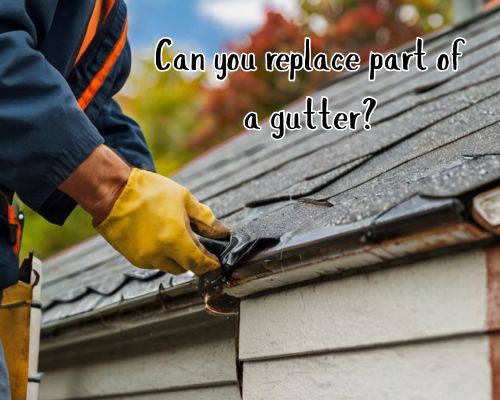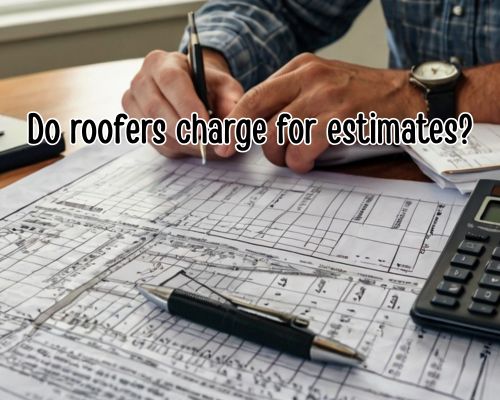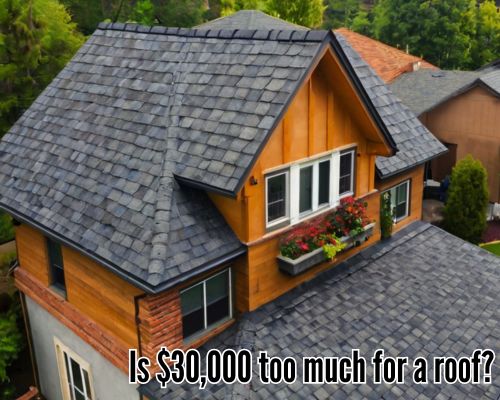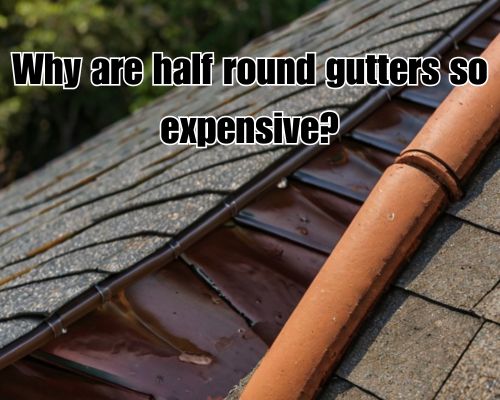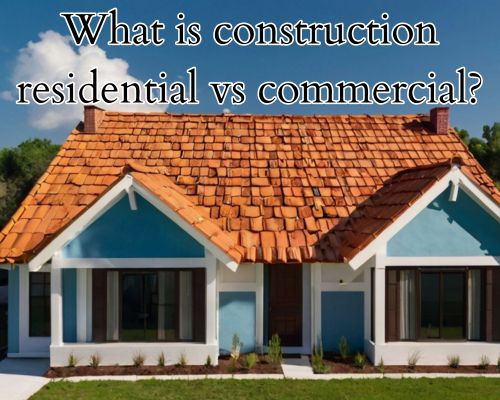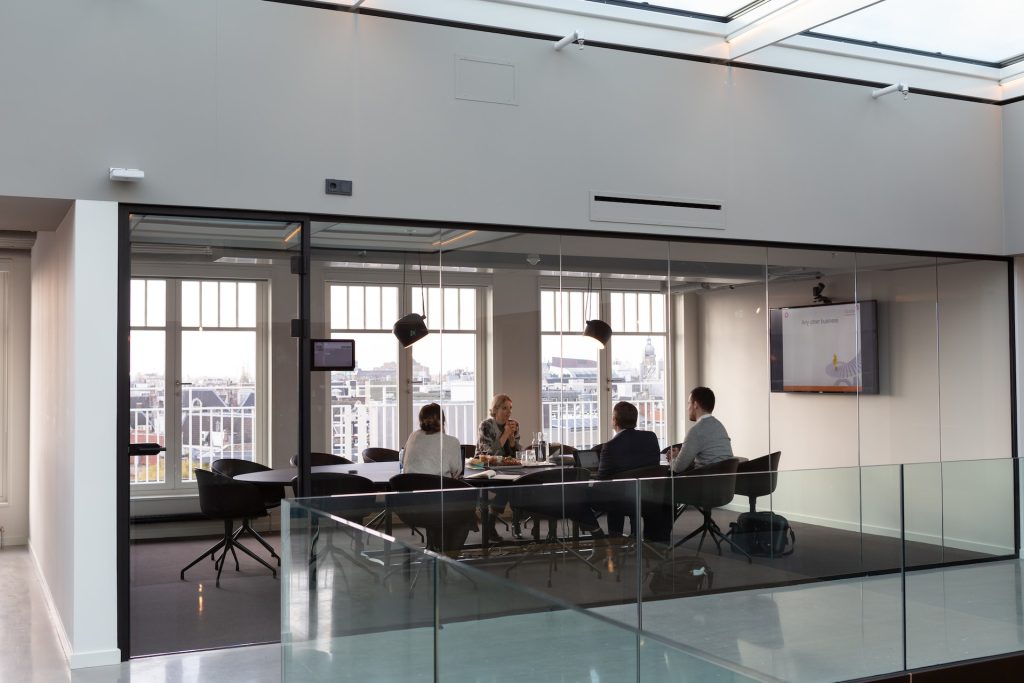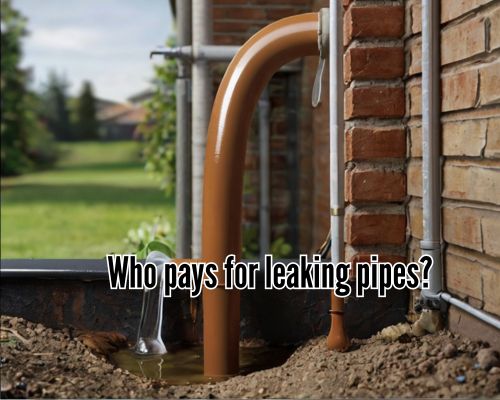
Who Pays for Leaking Pipes? Understanding Plumbing Liability in Warragul, AustraliaWho Pays for Leaking Pipes? Understanding Plumbing Liability in Warragul, Australia
Leaking pipes are more than just an inconvenience. Left unaddressed, they can cause extensive water damage, elevate utility bills, and even threaten the structural integrity of your home. If you live in Warragul, Victoria, and you’re wondering “Who pays for leaking pipes?”, the answer depends on several key factors—ownership status, lease agreements, insurance coverage, and sometimes even local plumbing codes.

This guide unpacks the different scenarios, helping homeowners, tenants, and property managers in Warragul navigate liability, cost expectations, and legal responsibilities related to plumbing repairs.
Leaking Pipes in Warragul: What You Need to Know
Before diving into who pays, it’s important to understand the causes of pipe leaks commonly seen in Warragul homes. Situated in Gippsland, Warragul experiences a mix of wet winters and warm summers. This seasonal variation can cause pipes—especially older galvanized or copper lines—to expand, contract, and eventually crack.
According to local Warragul local plumbers, the most common sources of pipe leaks include:
- Corrosion due to age and mineral buildup
- Joint failure in older homes
- Tree root invasion (especially common in rural parts of West Gippsland)
- Water hammering from high-pressure systems
- Improper DIY plumbing work
Once a leak is detected, the question becomes: who bears the cost?
Scenario 1: Homeowners in Warragul
If you’re a homeowner, you’re typically responsible for maintaining and repairing any plumbing within your property boundary. This includes:
- All indoor plumbing fixtures
- Underfloor or wall-embedded water lines
- Pipes leading up to the meter (if located within your property)
In Warragul, it’s common for older properties—especially those built before 1980—to develop issues with aging copper or steel pipes. Engaging a licensed local plumber in Warragul ensures the repair is compliant with Victorian Building Authority (VBA) standards.
What You Pay For:
You, the homeowner, cover the plumber’s call-out fee, labour, parts, and any resulting repairs like damaged plaster or flooring.
Tip: It’s wise to obtain multiple quotes from registered Warragul plumbers and ask about warranties on repairs. Some offer leak detection as part of their diagnostics, which can help reduce overall costs.
Scenario 2: Renters and Tenants
If you’re renting a property in Warragul, you might ask: Do I pay for leaking pipes as a tenant?
The short answer: It depends.
Under Victorian Residential Tenancies Laws, landlords are responsible for ensuring the property is in good repair—including the plumbing. If a pipe leak results from wear and tear or faulty installation, the landlord must cover the repair.
However, if the leak is due to tenant negligence—such as hammering nails into a wall and puncturing a pipe—the tenant may be liable for some or all of the costs.
Tenant Rights & Obligations:
- Notify the landlord or agent as soon as the leak is discovered
- Provide access for plumbers to carry out emergency or scheduled repairs
- Avoid performing DIY repairs unless explicitly authorised
Landlord Responsibilities:
- Arrange prompt repair by a licensed plumber
- Maintain plumbing infrastructure in safe working order
- Cover costs for any non-tenant-caused water damage
In emergencies, tenants can call a plumber directly and seek reimbursement if the landlord fails to act. But always document the issue and notify the landlord in writing.
Scenario 3: Strata and Shared Properties
In multi-dwelling units or strata complexes in Warragul, things get more complicated. The cost responsibility is split between individual unit owners and the owners’ corporation.
Typical Rule of Thumb:
- Pipes within the unit’s boundary: paid for by the unit owner
- Shared plumbing infrastructure (e.g., main water risers): paid for by the owners’ corporation
Strata by-laws often dictate specifics, so consult your strata manager before authorising repairs. In cases of dispute, VCAT (Victorian Civil and Administrative Tribunal) can mediate.
Can Insurance Cover the Cost?
Yes—but with caveats.
Home and contents insurance may cover damage caused by a leaking pipe (e.g., ruined carpets, water-damaged walls), but not necessarily the cost to repair the pipe itself. For this, you may need homeowners building insurance or add-ons like “plumbing and drainage coverage.”
In Warragul, where older homes and clay soils increase the risk of pipe movement, insurers may view plumbing claims skeptically—especially if they believe the issue arose from delayed maintenance.
Pro Tips for Insurance Claims:
- Document everything: leaks, damage, receipts, plumber reports
- Use registered plumbers with insurance-compliant invoices
- Call your insurer before beginning repairs if possible
Local brokers in Gippsland can help tailor policies to Warragul’s unique housing landscape, especially if your property is semi-rural or has older infrastructure.
Emergency Plumbing: Who Pays and When?
Plumbing emergencies—such as a burst pipe at 2am—require swift action. In this scenario, who pays often depends on urgency and availability.
For homeowners: you pay upfront and may later claim part of the cost from insurance.
For tenants: the landlord generally pays unless you caused the damage. If they can’t be reached, tenants may contact a 24/7 emergency plumber (many service Warragul and Drouin) and request reimbursement.
Warragul’s emergency plumbers often bill higher rates for after-hours work, so it’s crucial to keep these situations documented and transparent.
Choosing a Reputable Warragul Plumber
To reduce liability, delays, and stress, always choose a licensed, local plumbing professional. Some of Warragul’s top-reviewed plumbing businesses also offer:
- Leak detection services
- Water pressure testing
- Pipe replacement and repatching
- Assistance with insurance reports
- 24/7 callouts in Gippsland
Plumbers servicing Warragul, Drouin, Yarragon, and West Gippsland often understand local building codes, soil conditions, and water supply challenges unique to the region.
Conclusion: Know Your Role, Avoid the Soak
So, who pays for leaking pipes in Warragul, Australia?
It all comes down to ownership, cause, and coverage.
- Homeowners pay for all internal plumbing repairs and should maintain up-to-date insurance.
- Tenants aren’t typically liable unless negligence is proven.
- Landlords must ensure plumbing is maintained and repaired.
- Strata owners must check their by-laws and split costs accordingly.
- Insurers may help, but won’t always cover plumbing infrastructure.
Understanding your responsibilities before a pipe bursts could save you thousands—and keep your home (or rental) dry and damage-free.


